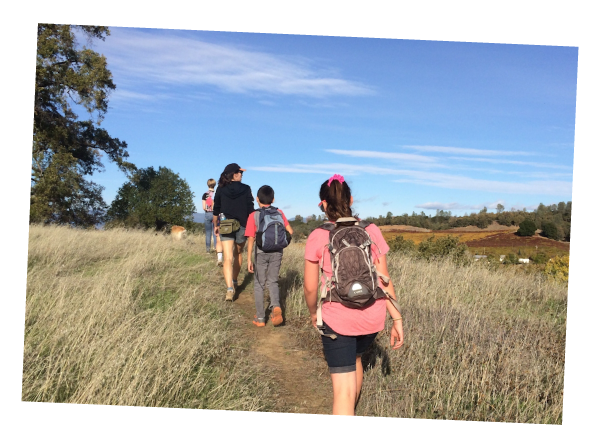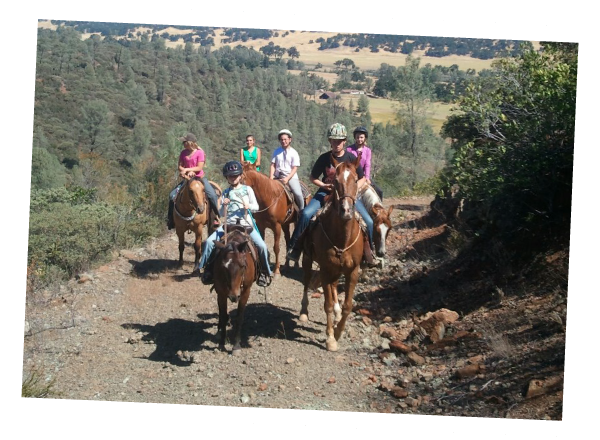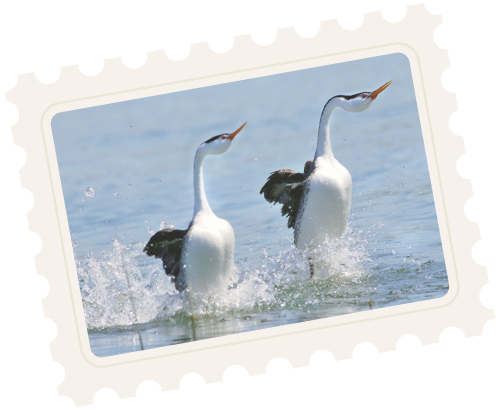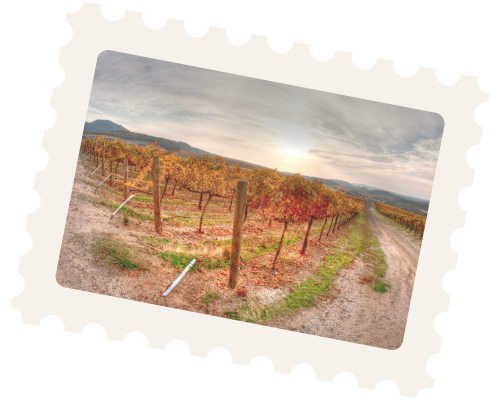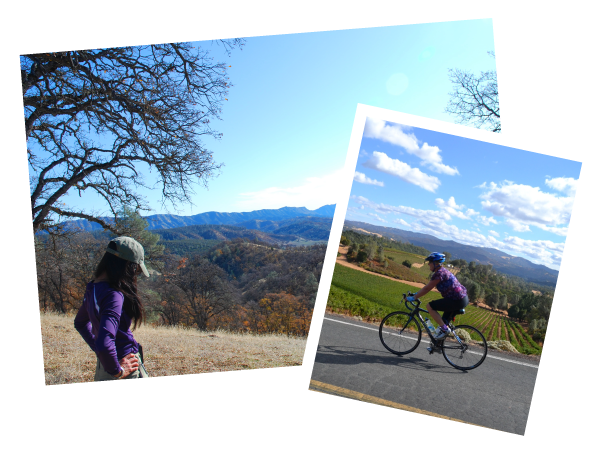
Overview
Lake County trails are generally lightly used, compared to those in more densely populated areas. However, we do share the trails with others, humans and animals.
It helps to be aware of how our use and attitudes on trails can foster goodwill and encouragement of others to get outdoors for enjoyment and mental, spiritual and physical benefits. Please refer to these guidelines to develop and promote a positive trail experience for all! Click here to download the PDF.
In case of emergency, please call 911.
“Share the Trail” Guidelines
01. Comply with trail regulations
Check current trail conditions before heading out on the trail especially during the rainy season. Deep prints (hoof, tire, boot) that degrade the tread indicate that the trail is too wet to use. When approaching muddy spots, go through the center of the mud to keep the trail narrow. Leave gates as found or as marked.
02. Travel at a safe speed
Faster trail users such as runners, cyclists and horse riders should be aware of slower users and limited visibility around bends. Expect to see people around every corner, and be prepared to slow down or stop quickly.
03. Obey leash laws and don’t tune out
Play it safe and always keep your dog on leash. Other trail users may be frightened of dogs or be unsure how to pass safely. Keep a short leash on your dog when passing (or being passed by) other trail users.
04. Stay on the trail
To minimize erosion, land and wildlife habitat damage, do not go off-trail, create new trails, or cut switchbacks. Narrow trails mean less environmental impact and happier critters.
05. Don’t block the trail
If you need to stop, move to the side of the trail.
06. Respect
All user groups have responsibilities as trail users, and to each other. Courtesy and diplomacy promote positive trail behaviors.
07. Pack out what you pack in
Don’t litter or leave food scraps. Remove manure from parking area & trailheads.
Hikers
Faster trail users: Bikers, runners, and equestrians approaching from behind will often say, “On your left.” This means you should stay to your right.
Bikers yield to hikers: It is the responsibility of cyclists to pass at a safe speed. Offer friendly communication to let the rider know when it’s safe to pass: give a verbal acknowledgement, step to the side of the trail or wave the rider by on wider trail.
Yield to horses:
1. Stay on the downhill (lower) side of the trail. People or objects above a horse can appear threatening. Speak to the rider & do not hide behind a tree or objects, as horses can easily be startled. Stay visible & speak calmly.
2. Ask how to proceed. If hiking with a child, hold their hand when horses are nearby.
What is your responsibility?
Share the trail: When hiking in a group, hike single file or take no more than half a wide trail. Make sure everyone in your group understands what actions to take when encountering hikers, bikers and horses. Don’t tune out: If you wear headphones, keep the volume down or only wear one earpiece so other trail users don’t startle you.
Obey leash laws: Play it safe and always keep your dog on a leash. Other trail users may be frightened of dogs or be unsure how to pass safely. Keep a short leash on your dog when passing (or being passed by) other trail users.
Equestrians
Inexperienced users: While all trail users are to yield to horses, many are unaware of this responsibility.
Negotiate safe passes:
1. Greet and speak to users early. Hikers and bikers yield to horses, but many novice trail users are intimidated by horses or don’t know what to do.
2. If approached from behind, instruct users to pass on the downhill side of a trail, or move to a wider part of the trail to negotiate a safe pass. If passing a slower user, ask them to stop while you pass. Continue communication until the pass is complete.
3. Expect the unexpected. Humans and animals can be unpredictable or easily frightened by horses.
What is your responsibility?
Manage your animals: Acclimate horses to expected trail encounters (cyclists, dogs, backpack-wearing hikers, hiking poles, etc.)
Mountain Bikers
Slower and startled trail users: Fast-moving users can startle others, especially when approaching from behind.
Passing horses:
1. Stop at least 30 feet from the horse.
2. Speak to the horse and rider.
3. Follow the horseback rider’s instructions or ask for instruction on how to pass safely. Offer to get off your bike.
4. Pass slowly and steadily, but only after the equestrian gives you the go-ahead. Sudden movements and unexpected noises can spook a horse.
Passing Hikers:
1. Greet hikers early.
2. Slow down to about the same speed as the hiker.
3. Pass slowly and be prepared to stop if necessary.
4. Expect the unexpected. Humans and animals can be unpredictable or easily spooked by cyclists.
Passing cyclists:
1. Announce your intention to pass with a friendly “Let me know when it’s safe to pass.”
2. Use the singletrack yield on narrow trails – stop to the side, put one foot down, and lean away from the trail.
What is your responsibility?
Mountain bikers yield to hikers, horses and uphill traffic. Always ride under control: ride it, don’t slide it. Anticipate users around blind corners, and be friendly and communicative.
